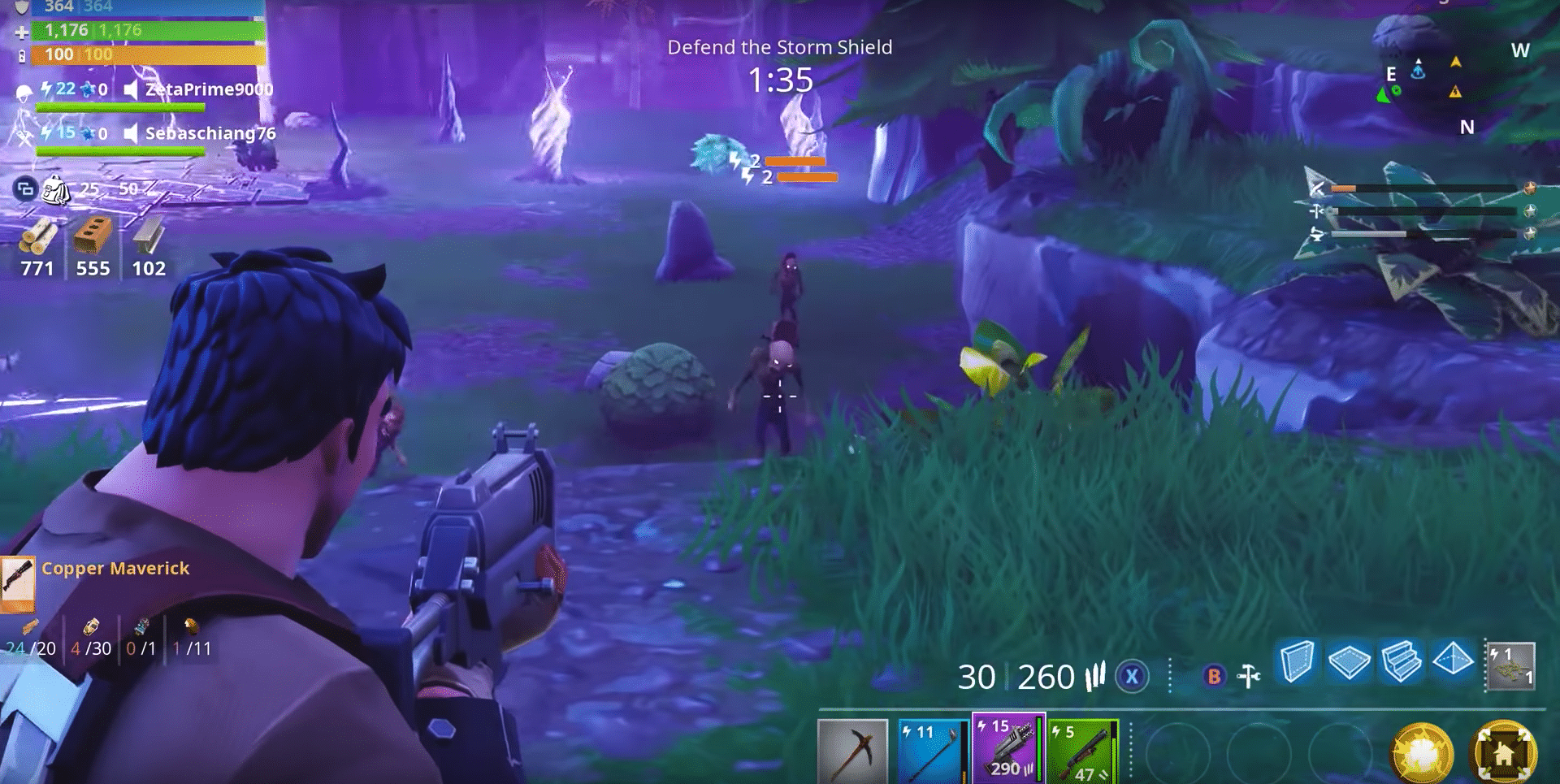
XR Talks is a series that features the best presentations and educational videos from the XR universe. It includes embedded video, as well as narrative analysis and top takeaways. Speakers’ opinions are their own.
Besides the chicken & egg dilemma involving content and hardware penetration, VR has another challenge. Consumer price sensitivity kicks in above $400, while quality is still lacking below that point (though Oculus Go is no slouch). So VR’s mass-market scale has stalled out.
“There’s a lot of VR that’s out. A lot of it is very expensive or very underwhelming. There’s a lot of these different compromises,” said Ars Technica’s Sam Machkovech in a recent video (below). Though not technically an “XR Talk,” this insightful analysis is our featured video of the week.
One factor that could counteract the cost/quality challenge is Oculus Quest. Releasing this Spring at $400, it could join Oculus Go in a loss-leader driven march towards higher quality devices with palatable price tags. In fact, $200 and $400 are where demand inflects according to our data.

But more important is Machkovech’s well-reasoned analysis of the games and experiences we can expect for Quest. Working backward from the device’s specs — similar to that of an Android phone — he extrapolates that Quest UX will follow the current path of mobile games.
“When you’re wandering around in VR, it’s going to be very demanding,” he said “It’s a lot of 3D performance so that means what kind of gaming and 3D stuff to expect? Well, kind of look at what’s already appearing on your phone: It’s going to probably look like that.”
The key is a related mobile trend: the revenue-driven optimization of games like Fortnite for smartphones like Pixel 2 or Samsung Galaxy S8. That creates lots of 3D experiences on smartphones with Snapdragon 835… the same system on a chip (SOC) powering Oculus Quest.
“It’s designed to be portable to manage heat and 3D power,” said Machkovech. “People have been making 3D games on Android and they’re getting better. You can take popular games — Pub G, Fortnight, Asphalt Nine — and play them on this exact SOC and get good 3D performance.”

But the “revenue-driven” part above speaks mostly to Fortnite. Unreal is investing heavily to optimize the cash cow for mobile devices in order to boost usage. But a byproduct will be better 3D mobile gaming capability in Unreal Engine 4… which Quest could benefit from.
“All these benefits coming to Fortnight are also going to apply to any 3D game that you might see on any Android phone… and that’s what Oculus Quest is,” he said. “So when you’re thinking about a game that will let you run around and see big beautiful 3D worlds, kind of like Fortnight, you want to get all the power you can, and that might actually happen for Oculus Quest games.”
But there are some drawbacks in terms of room-scale positional tracking. The expansiveness of the Fortnite gamescape won’t translate to the smaller areas in which people will realistically use Oculus Quest in their homes. So that will require some UX innovations and compromises.
“Once you’re at your actual house, you’re going to have to use a joystick to simulate the giant runs across a giant fortnight world.” said Machkovech. “People making games for Quest are going to have to think about that. You can’t just take Fortnight and slap it in… it would need adapting.”

Sticking with the subject of positional tracking, the games that will translate best to Quest will be those that involve six degrees of freedom in a relatively limited space. That correlates to tethered VR experiences that have compelling play within a limited range of movement. Think: Beat Saber.
“I think you’re going to see painting and sculpting apps like Tilt Brush. You’re going to see world exploration like Google Earth, and fun toy games like Job Simulator,” posed Machkovech “[These] have certain compromises so that they’ll run on weaker computers.”
Speaking of compromises, Quest itself requires a few compromised buying decisions. Anyone invested in Rift and its games might have to “start over,” as those experiences — purpose-built for Rift — may not work on Quest. However, Quest will offer compelling use cases in its own right.
“I think Oculus is primed to make anyone who’s never done VR before, slap this headset on, grab the two controllers, and get into some really compelling games 3d experiences,” he said. “[They’ll] say ‘you know what, $400 is the right price to get a few compromises but a lot of wild times’.”
See the full video below.
For deeper XR data and intelligence, join ARtillery PRO and subscribe to the free AR Insider Weekly newsletter.
Disclosure: AR Insider has no financial stake in the companies mentioned in this post, nor received payment for its production. Disclosure and ethics policy can be seen here.
Header image credit: Oculus
